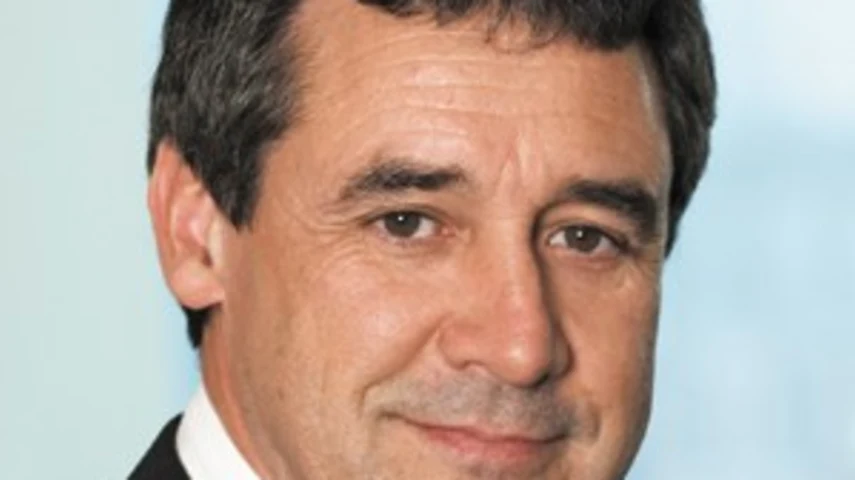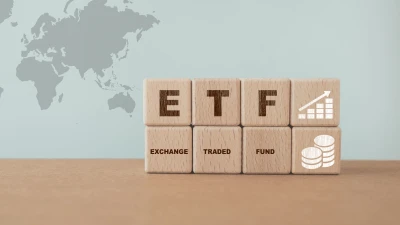Property investors looking for gains in losses



Investors opting for negatively geared direct property are taking a large position on the likely outcome of a single investment despite the risks and up-front losses inherent in the practice, according to Vanguard Market Strategy and Communications principal Robin Bowerman.
Bowerman said the release of taxation statistics last week showed that many property investors were actually willing to lose money on their investments where their costs exceeded rent.
The expectation was that rent increases and capital gains would make the direct property investments worthwhile.
However Bowerman said that while negative gearing would magnify gains when asset prices are rising it also magnified losses when asset prices were falling.
The other important issue, according to Bowerman, was that direct property investments, even if not negatively geared, were exposing significant investment sums to one investment compared with a diversified investment portfolio which spread the risk and investment opportunities.
Last week the Australian Tax Office (ATO) released statistics which revealed that 1.8 million individual property investors claimed $7.86 billion in negative-gearing deductions in 2010-11.
The investors earned $30.73 billion in rent and claimed $38.59 billion in deductions, with the average loss for each negatively-geared individual investor at $10,946.
Recommended for you
VanEck is expanding its fixed income range with a new ETF this week to complement its existing subordinated debt strategy which has received $1 billion in inflows this year.
Specialist global equities manager Nanuk has celebrated 10 years of its flagship New World Fund and is actively considering its next possible vehicle.
Australian equities manager Datt Capital has built a retail-friendly version of its small-cap strategy for advisers, previously only available for wholesale investors.
The dominance of passive funds is having a knock-on effect on Australia’s M&A environment by creating a less responsive shareholder base, according to law firm Minter Ellison.











